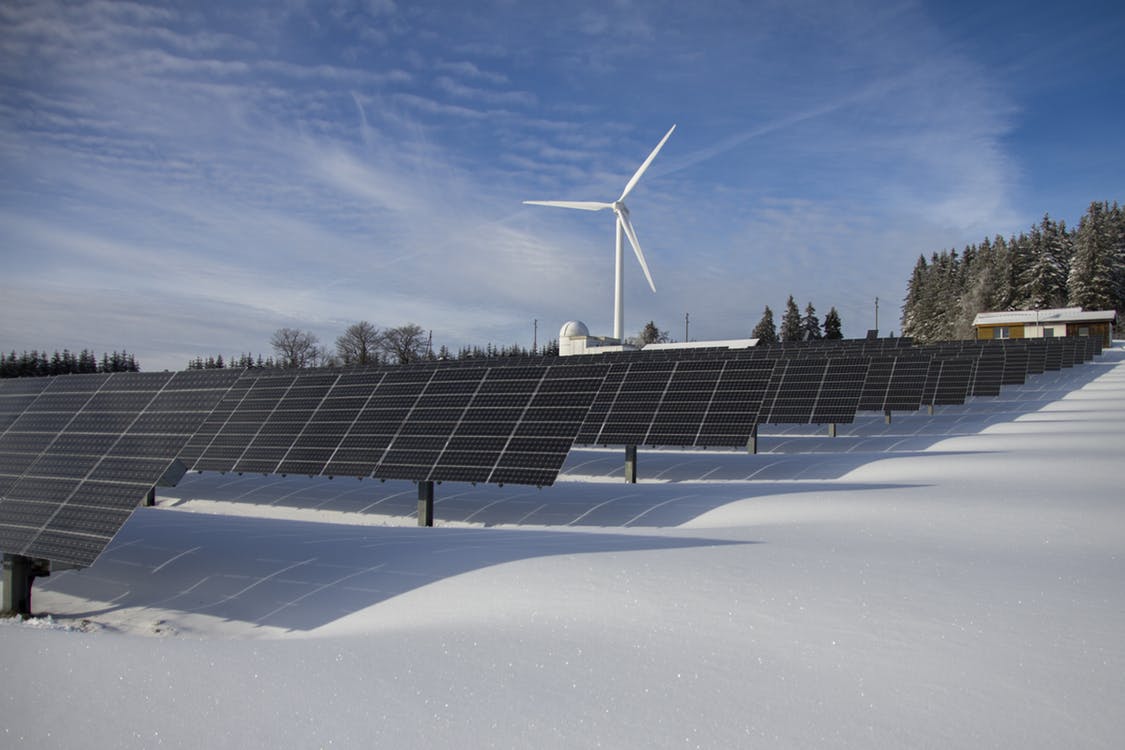By 43 votes to 32, the Assembly of the State of California has approved a measure requiring all energy used in the sunshine state to be from renewable sources by 2045. At present, 44% of energy already is, with 9% coming from nuclear energy, 34% natural gas and 13% coal and other hydrocarbons.
What’s particularly interesting about California’s approach is that it takes into account something most people forget: renewable energies are technologies, not fuels, and therefore their prices are subject to the experience curve. As with Swanson’s law, which means that every time the number of solar panels produced is doubled, the price drops by 28% and its efficiency increases to the point of having already converted solar energy into the cheapest form of energy generation available, and that can only get cheaper.

Renewable energy is cheap, but the drawback is availability. The sun doesn’t shine at night, and sometimes there’s no wind. The only way to surmount this problem is by expanding storage capacity through batteries, which are only used in a tiny amount of facilities in the world, mainly due to their price. At current prices, forecasts predict that by 2040, only 3% of the energy produced in the world would be stored there.
Again, the important thing to remember here is that the batteries are a technology and therefore, their manufacture is subject to the same type of economies as solar panels, which allows us to anticipate a battery revolution that some are capitalizing on already. The gigafactories that Tesla and some Chinese companies are building take into account the learning economies derived from the experience curve and foresee falls in the price of batteries as the number of batteries produced increases thanks to demand for domestic storage or electric vehicles, which make up more than 50% of the current price, taking into account that this cost has already fallen by 80% over the last decade. At these prices, replacing the power plants that burn hydrocarbons with renewable energy plants and batteries will not be just about protecting the environment and fighting climate change, but the best option from a purely economic point of view.
Read more: Forbes


